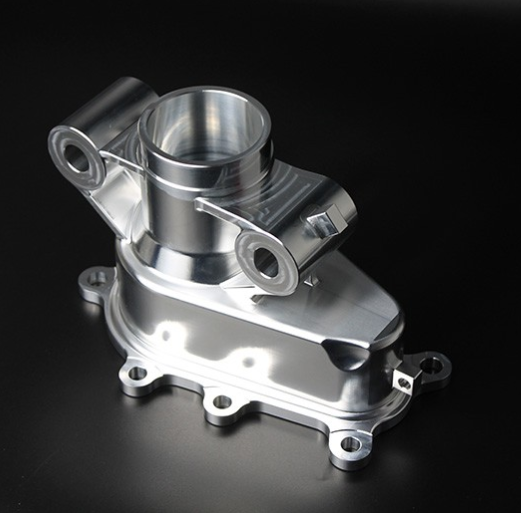Precision machining is a cornerstone of modern manufacturing, driving innovation in industries ranging from aerospace to medical devices. Two machining methods frequently used are 3-axis machining and 5-axis machining. In this article, we'll delve into the distinctions between these methods, explore their applications, and help you determine which is the right choice for your precision machining needs.
Basic Principles: 3-axis machining operates on three primary axes: X, Y, and Z. These axes define the movement of the cutting tool, allowing it to create precise cuts in three-dimensional space.
Applications: 3-axis machining is suitable for relatively simple parts and components that require machining from one or two sides. Common applications include milling, drilling, and surface profiling.
Limitations: The main limitation of 3-axis machining is its inability to access all angles of a workpiece. This can result in challenging setups for complex geometries and may require multiple operations to complete intricate components.

Expanded Freedom: 5-axis machining, as the name suggests, operates on five axes: X, Y, Z, and two additional rotary axes. This allows the cutting tool to approach the workpiece from any angle, enabling machining of complex geometries with unparalleled precision.
Applications: 5-axis machining excels in producing intricate, high-precision components. It is commonly used in aerospace for turbine blades, medical devices for implants, and automotive for engine parts.
Advantages: The primary advantage of 5-axis machining is its ability to reduce setup times, increase accuracy, and minimize tool changes. This results in higher efficiency and cost savings for intricate projects.
Complexity Matters: When deciding between 3-axis and 5-axis machining, consider the complexity of your part. 3-axis machining is suitable for simpler designs, while 5-axis machining is essential for complex, multi-dimensional components.
Cost Considerations: 5-axis machining equipment tends to be more expensive than 3-axis machines. Evaluate your budget and project requirements to determine the most cost-effective solution.
Time Savings: If time is of the essence, 5-axis machining's efficiency in handling complex parts can significantly reduce production lead times.
At Dadesin, we understand the critical role precision machining plays in modern manufacturing. Whether you require 3-axis or 5-axis machining, our state-of-the-art facilities and skilled team are equipped to meet your specific needs.
When precision, accuracy, and efficiency are non-negotiable, Dadesin is your trusted partner. Contact us today to explore our precision machining services and elevate your manufacturing projects to new heights of excellence.
By continuing to use the site you agree to our privacy policy Terms and Conditions.